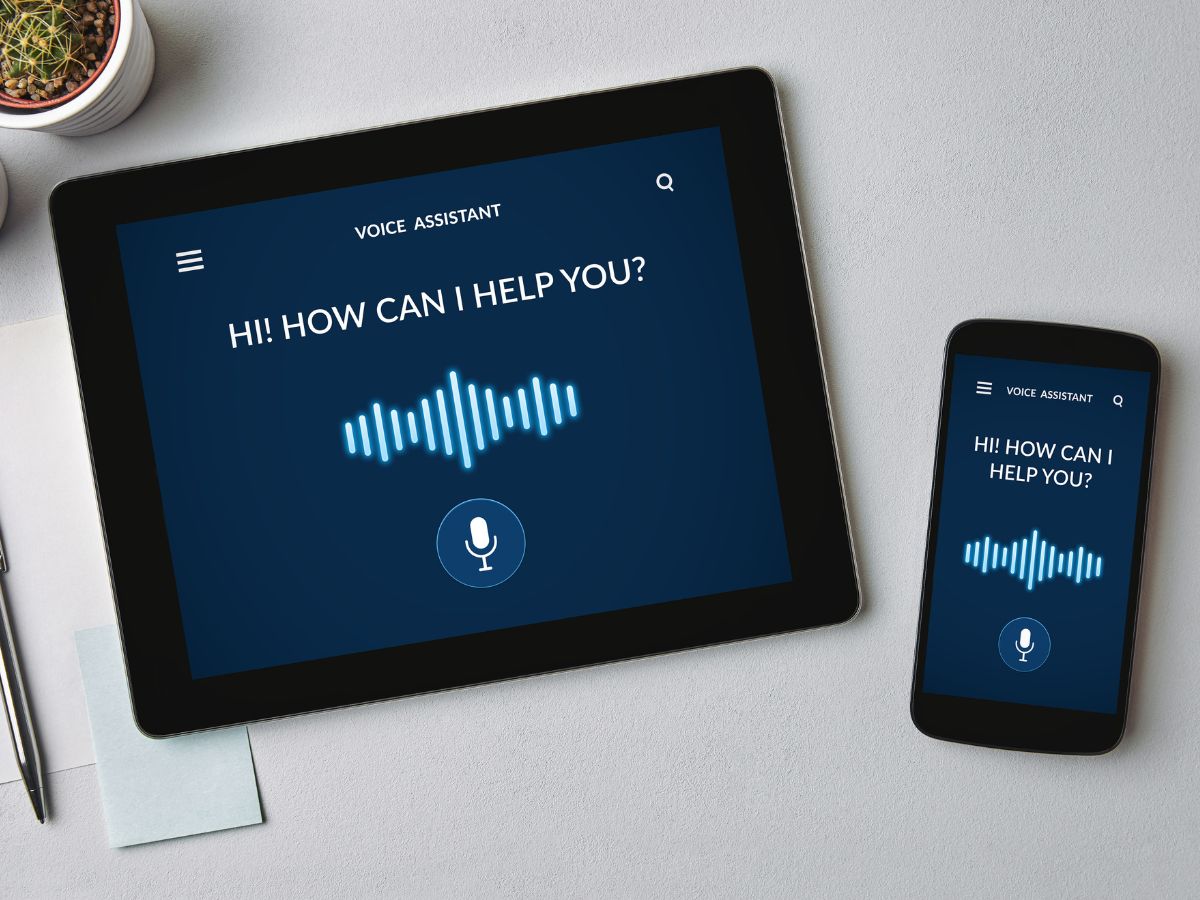With more people relying on hands-free technology, voice search has become a go-to method for finding information quickly. Devices like Alexa and Siri have made it easy to get answers without typing. For businesses, this means adjusting their websites to work well with voice search. Let’s explore some key strategies to help your site perform better in voice search results.
1. Keyword Research for Voice Search: Focusing on Conversational Queries

People speak differently than they type. When using voice search, they often ask complete, natural-sounding questions instead of short, fragmented keywords. For example, instead of typing “best pizza NYC,” someone using voice search might ask, “Where can I get the best pizza in New York City?” Because voice assistants prioritize content that closely matches how people speak, it’s important to adjust your keyword strategy accordingly.
To do this, think about how customers would phrase questions about your business. Instead of focusing solely on single keywords, use full questions and longer phrases. These are known as long-tail keywords, and they increase your chances of being featured in voice search results.
Another useful technique is to create content that directly answers common customer questions. Adding a Frequently Asked Questions (FAQ) section to your website can be an easy way to do this. By structuring your answers clearly and concisely, you make it easier for voice assistants like Alexa and Siri to extract and deliver relevant information to users.
2. Onsite Optimization Techniques for Voice Search

Optimizing your website for voice search goes beyond just keywords—it requires ensuring that your site is technically sound and user-friendly. Here are a few critical aspects to focus on:
- Mobile-Friendly Design: Since a large portion of voice searches happen on mobile devices, having a responsive website is essential. This means ensuring your site adjusts seamlessly to different screen sizes and loads efficiently on mobile networks.
- Fast Loading Times: Speed is a crucial factor for both user experience and search rankings. Google prioritizes websites that load quickly, and this is even more important for voice search, where users expect instant answers. Compressing images, using a content delivery network (CDN), and minimizing unnecessary code can significantly improve your site’s performance.
- Clear and Concise Content: Voice assistants prefer delivering brief, direct answers. Structuring your content in a way that makes it easy for search engines to extract relevant information is vital. Using headers, bullet points where appropriate, and well-organized paragraphs can help improve your chances of being featured in voice search results.
- Local SEO Optimization: Many voice searches are location-based, with users asking things like “Where is the nearest coffee shop?” Optimizing your Google Business Profile, using local keywords, and ensuring your business details are consistent across directories can improve your visibility in voice search results.
- Structured Data and Schema Markup: Implementing structured data helps search engines understand the context of your content, which can boost your chances of being featured in voice search snippets. This detailed guide on voice search optimization offers more information on implementing these techniques.
3. Leveraging Structured Data and Schema Markup for Voice Search

Structured data, or schema markup, is an essential tool for making your content easily understood by search engines and voice assistants. When someone asks Alexa or Siri a question, the algorithm looks for structured data to find the most relevant and direct answer.
To enhance your website’s voice search performance, consider adding schema markup to key areas such as business details, product descriptions, FAQs, and blog content. Marking up data like your business name, location, opening hours, and services helps search engines provide more accurate results for local voice searches. For example, if someone asks, “What time does [your business name] close today?” having structured data in place increases the likelihood that voice assistants will pull the correct answer from your website rather than a competitor’s.
Another effective way to use structured data is through FAQ schema. By clearly marking up common customer questions, you make it easier for voice assistants to retrieve relevant answers, improving your chances of appearing in featured snippets—also known as “position zero” in search rankings.
Implementing structured data may sound technical, but there are tools like Google’s Structured Data Markup Helper that can guide you through the process. Ensuring your markup is correctly formatted and regularly updated will keep your website optimized for evolving voice search trends.
For a deeper dive into structured data’s role in voice search, this article on voice search optimization strategies is a valuable resource.
As voice search continues to grow, adapting your website to meet this trend is essential. By focusing on conversational keywords, optimizing your site’s design and performance, and implementing structured data, you can improve your chances of ranking well on platforms like Alexa and Siri. Embracing these strategies not only enhances your site’s visibility but also provides a better experience for users seeking quick and accurate information.




One Comment